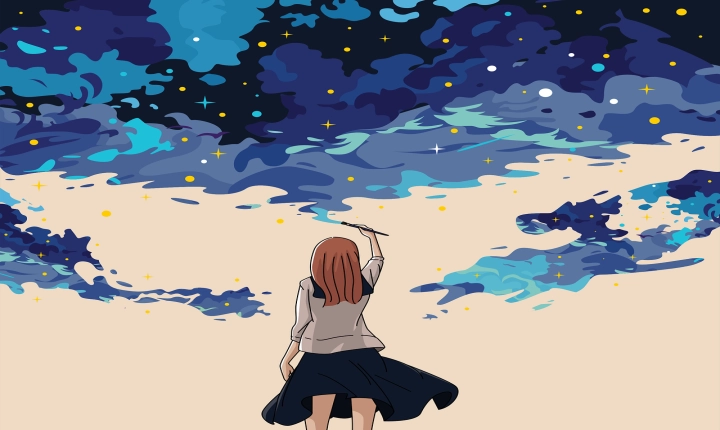Title: The Rise of AI-Generated Art: Understanding How Artificial Intelligence Produces Images
In recent years, there has been a surge in the use of artificial intelligence (AI) to produce images that range from realistic portraits to abstract compositions. This advancement in AI technology has opened up new avenues for creativity and sparked debates about the role of AI in art, creativity, and human expression. In this article, we will explore how AI generates images and the implications of this emerging trend.
The process of AI generating images involves the use of neural networks, a type of machine learning algorithm that is inspired by the human brain. These neural networks are trained on vast amounts of data, such as images, to learn patterns, texture, and style. By analyzing this data, the AI can generate new images that mimic the characteristics of the input dataset.
One popular approach to AI-generated images is the use of Generative Adversarial Networks (GANs). GANs consist of two neural networks, a generator, and a discriminator, which work in opposition to each other. The generator creates new images, while the discriminator evaluates these images and provides feedback to the generator. Through this iterative process, the generator aims to produce images that are increasingly indistinguishable from real images, while the discriminator strives to become better at detecting fake images. This dynamic creates a feedback loop that results in the generation of highly realistic images.
Another method employed by AI to produce images is through style transfer. This technique allows AI to take the style of one image and apply it to another, resulting in a new image that incorporates the visual characteristics of both inputs. Style transfer has been used to create artworks that fuse the style of famous artists with new subjects, producing visually striking and innovative compositions.
The implications of AI-generated images are both profound and complex. On one hand, AI has the potential to democratize art by enabling people without traditional artistic skills to create compelling images. This can lead to an explosion of creativity and innovation, as individuals are empowered to express themselves in new ways. Additionally, AI-generated art can challenge our understanding of creativity and the role of the artist, raising questions about the uniqueness and originality of artworks.
However, there are also concerns about the impact of AI-generated images on the art world. Critics worry that the proliferation of AI-generated art could devalue the work of human artists and diminish the significance of traditional artistic skills. They argue that the emotional and intellectual depth of human-created art cannot be replicated by AI, and that the art world should prioritize human expression and creativity.
Furthermore, the ethical and legal implications of AI-generated art must be considered. Issues related to copyright, ownership, and authorship arise when AI is used to produce images, as it challenges traditional notions of artistic authorship and originality.
As AI continues to advance, the production of images by artificial intelligence will become increasingly sophisticated and prevalent. It will be important for society to engage in meaningful discussions about the impact of AI on the art world and to establish ethical guidelines for the creation and dissemination of AI-generated images.
In conclusion, the emergence of AI-generated images represents a significant development in the intersection of technology and art. While it presents exciting opportunities for innovation and creativity, it also raises important questions about the nature of art, human creativity, and the role of technology in shaping our cultural landscape. As we navigate this evolving space, it is essential to approach AI-generated art with a nuanced understanding of its potential impact and implications.
